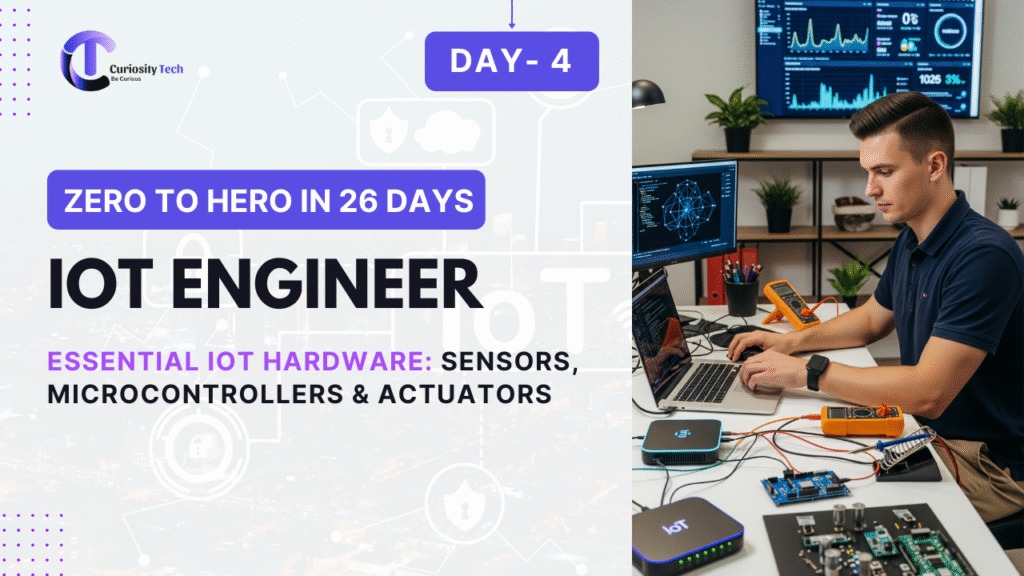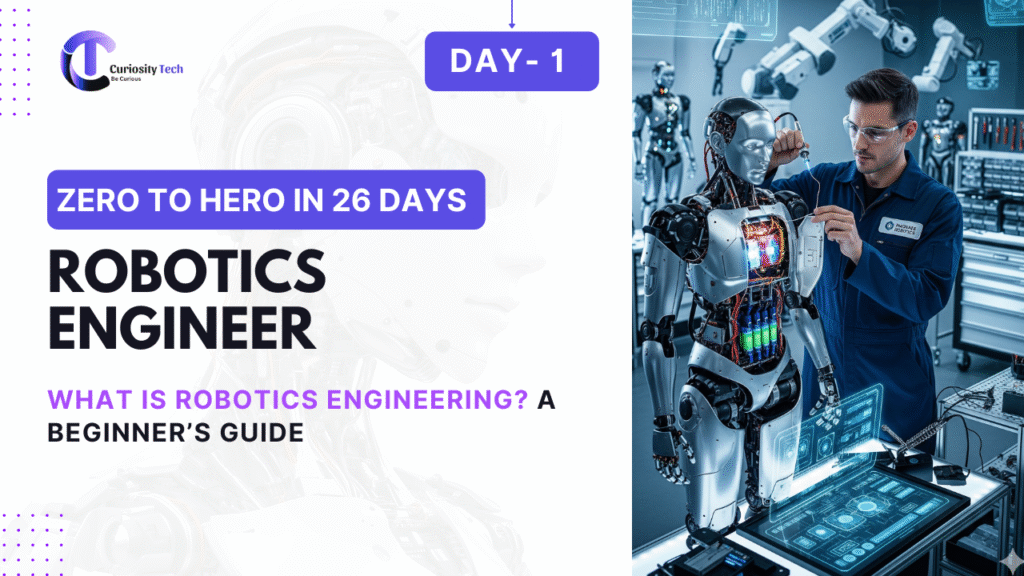Day 12 – Actuators & Motors: How Robots Move
Introduction Actuators and motors are the muscles of a robot, converting electrical signals into mechanical motion. Understanding actuators is crucial for robotics engineers because they determine robot speed, precision, and load-handling capabilities. At CuriosityTech.in, learners can explore detailed tutorials, hands-on projects, and simulation exercises to design, control, and optimize actuators for real-world robotics applications. 1. […]
Day 12 – Actuators & Motors: How Robots Move Read More »


